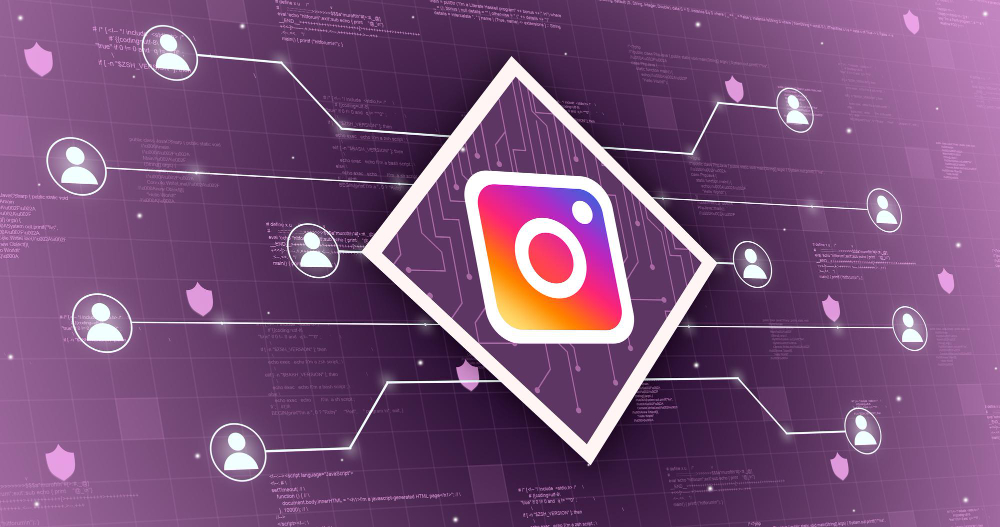What is Instant Navigation?
Instant Navigation involves using tools and technologies to swiftly locate and access desired information or destinations. It can apply to digital environments (like websites or apps) or physical environments (like navigating in the real world). The goal is to provide users with seamless, quick, and accurate navigation capabilities.
Key Aspects of Instant Navigation
1. Digital Instant Navigation
Digital Instant Navigation focuses on quickly finding information or resources online. It includes:
1.1 Search Engines
- Function: Search engines like Google, Bing, and Yahoo! allow users to instantly search for information using keywords.
- Features: Advanced algorithms, predictive search, and personalized results enhance the speed and relevance of searches.
1.2 Website Navigation
- Function: Enhances the usability of websites by providing easy access to various sections and features.
- Features: Includes intuitive menus, search bars, breadcrumbs, and quick links to streamline user experience.
1.3 Mobile Apps
- Function: Mobile apps provide instant access to features and information, tailored to users’ needs.
- Features: Includes user-friendly interfaces, GPS integration, and quick access to key functionalities.
2. Physical Instant Navigation
Physical Instant Navigation involves finding and accessing locations or directions in the real world. It includes:
2.1 GPS Navigation Systems
- Function: GPS systems help users find their way to destinations using satellite signals and mapping technology.
- Features: Real-time traffic updates, voice-guided directions, and route optimization enhance navigation efficiency.
2.2 Mapping Apps
- Function: Apps like Google Maps and Apple Maps offer instant navigation by providing maps and directions on mobile devices.
- Features: Includes turn-by-turn directions, public transportation options, and location-based recommendations.
2.3 Augmented Reality (AR) Navigation
- Function: Uses AR technology to overlay navigation instructions onto the real-world view through devices like smartphones or AR glasses.
- Features: Provides intuitive, visual directions and enhances navigation with contextual information.
Benefits of Instant Navigation
1. Enhanced Efficiency
- Time-Saving: Reduces the time spent searching for information or navigating to destinations.
- Streamlined Processes: Simplifies tasks and workflows, making processes more efficient.
2. Improved Accuracy
- Precise Information: Delivers accurate and relevant information or directions, reducing errors and confusion.
- Real-Time Updates: Provides up-to-date information, such as traffic conditions or search results.
3. Better User Experience
- Ease of Use: Offers user-friendly interfaces and intuitive controls that enhance the overall experience.
- Personalization: Tailors navigation options and recommendations based on user preferences and behavior.
Applications of Instant Navigation
1. E-Commerce
- Product Search: Allows customers to quickly find and purchase products.
- Order Tracking: Provides instant updates on order status and delivery.
2. Travel and Tourism
- Destination Guidance: Helps travelers find attractions, restaurants, and accommodations.
- Navigation Assistance: Offers directions and transportation options in unfamiliar locations.
3. Healthcare
- Appointment Scheduling: Enables patients to quickly schedule and manage appointments.
- Facility Navigation: Assists patients in finding locations within healthcare facilities.
4. Retail
- In-Store Navigation: Helps customers locate products and departments within stores.
- Promotions and Offers: Provides instant access to deals and promotions based on location.
Future Trends in Instant Navigation
1. AI and Machine Learning
- Enhanced Search: AI algorithms will further improve search accuracy and relevance.
- Predictive Navigation: Machine learning will enable more personalized and predictive navigation experiences.
2. Voice Assistants
- Voice Commands: Voice-activated navigation will become more prevalent, allowing for hands-free interaction.
- Natural Language Processing: Improved understanding of user queries will enhance navigation capabilities.
3. Integrated Systems
- Cross-Platform Integration: Seamless integration between digital and physical navigation systems will provide a more cohesive user experience.
- Smart Devices: Integration with smart devices and IoT will offer more dynamic and interactive navigation solutions.
Conclusion
Instant Navigation is a crucial aspect of modern technology, enabling users to efficiently find and access information or locations. Whether through digital tools or physical devices, Instant Navigation enhances efficiency, accuracy, and user experience. As technology continues to advance, the capabilities and applications of Instant Navigation will expand, offering even more innovative solutions for navigating both digital and physical environments.

